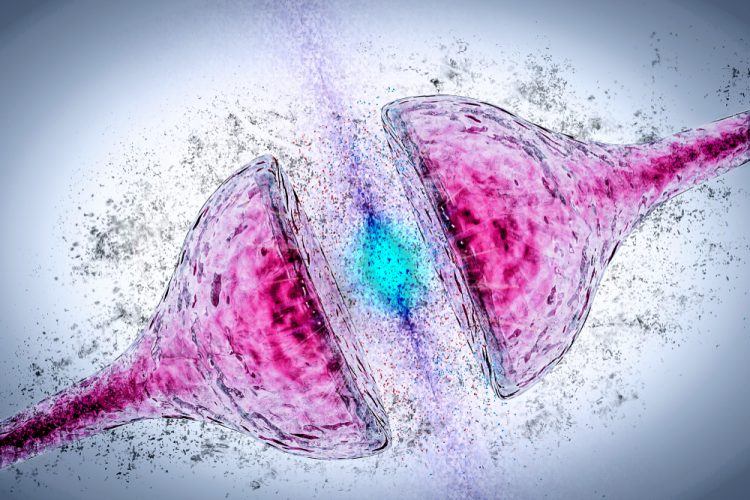Mechanisms behind synapse degeneration in Alzheimer’s unveiled
Posted: 20 August 2021 | Anna Begley (Drug Target Review) | No comments yet
Researchers have uncovered a signalling pathway associated with glutamatergic synapse degeneration in the brains of mice with Alzheimer’s.


Neurobiologists at the University of California San Diego, US, have identified the previously unknown mechanism behind the degeneration of glutamatergic synapses. According to the team, their findings hold promise for treatments against neurodegenerative disorders in the future.
In brain disorders such as Alzheimer’s, synapse degeneration is thought to start before the loss of memory and accelerate as diseases progress. However, the causes of synapse degeneration in neurodegenerative disorders has not been well understood as scientists have not yet unravelled the key mechanisms that hold together these structures.
The team suggested an alternative approach by directly blocking the toxic actions of amyloid beta. They had previously found that during brain development the highly polarised synaptic structures are assembled by components of the planar cell polarity (PCP) pathway, a powerful signalling pathway that polarises cell-cell junctions along the tissue plane.
Using super resolution microscopy, the researchers detected the precise location of these PCP signalling components, called Celsr3, Frizzled3 and Vangl2, in the glutamatergic synapses in the adult brain. They then found that removing these components, essential for the initial assembly of synapses from adult neurons, can dramatically alter the number of synapses. These surprising discoveries suggest that the overall synapse number in a normal brain is maintained by a fine balance between Celsr3 and Vangl2.
Curious about whether these components are involved in synapse degeneration, the team tested whether amyloid beta affects the function or interaction of these proteins. In a series of experiments, they showed that amyloid beta oligomers bind to Celsr3 and allow Vangl2 to more effectively disassemble synapses, likely by weakening the interactions between Celsr3 and Frizzled3. “This is as if amyloid beta has long discovered the Achilles’ heel of our synapses,” said Professor Yimin Zou who led the study.
When the researchers removed Vangl2 from neurons, they found that amyloid beta can no longer cause synapse degeneration both in neuronal cultures and in animals exposed to amyloid beta oligomers. Ryk, a regulator of the PCP pathway that interacts with Frizzled3 and Vangl2, is also found present in the adult synapses and functions in the same way as Vangl2 to mediate synapse disassembly. The researchers found that blocking Ryk using function-blocking antibodies can protect synapses from amyloid beta-induced degeneration.
To further test this hypothesis, the Zou lab used 5XFAD mice, a well-known mouse model of amyloid beta pathology. They found that removing Ryk by gene knockout from adult neurons protected synapses and preserved cognitive function. Infusion of the function blocking the Ryk antibody also protected synapses and preserved cognitive function in 5XFAD mice, suggesting the Ryk antibody is a potential therapeutic agent.
These collective results suggest that the PCP pathway is a direct target of amyloid beta-induced synapse loss in Alzheimer’s disease. “As amyloid beta pathology and synapse loss usually occurs in early stages of Alzheimer’s disease, even before cognitive decline can be detected, early intervention, such as restoring the rebalance of the PCP pathway, will likely be beneficial for Alzheimer’s patients,” said Zou. “This discovery may be applicable to synapse degeneration in general as the PCP components may be the direct synaptic targets mediating synapse loss in other neurodegenerative disorders, such as Parkinson’s disease and Amyotrophic Lateral Sclerosis (ALS).”
The findings were published in Science Advances.
Related topics
Disease Research, In Vivo, Molecular Targets, Neurons, Neurosciences, Targets
Related conditions
Alzheimer's, Amyotrophic Lateral Sclerosis (ALS), Parkinson's disease
Related organisations
University of California (UC) San Diego
Related people
Professor Yimin Zou








